“Catching up on poor hoof management is very complicated and can have many consequences, do we realize that?” Farrier acts can involve risks of complications: horses difficult to handle, risk of injury, lameness, etc. In which cases is the responsibility of the farrier likely to be engaged?
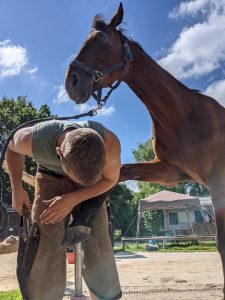
What the law says in France
Extract from the Rural Code – Article L243-3
“Acts of medicine or surgery can be performed by farriers for trimming and diseases of the foot of horses.”
Between obligation of means and obligation of result
The farrier is required to make every effort to succeed in the shoeing and prevent the horse from being injured during his intervention.
Thereby, the farrier is subject to an obligation of means within the framework of his professional practice.
A principle rather recognized in the cases of litigation involving professionals of the farrier, going as far as the comparison with acts of veterinary medicine in certain case law:
08 March 1946, court of Loudun, France
“The responsibility of the farrier cannot be assessed with more rigor than that of a doctor, a surgeon or veterinarian, since shoeing is actually a real veterinary orthopaedic operation; the farrier did not undertake to succeed in this operation in a perfect way but only to provide care conscientious, attentive and reserved for exceptional circumstances, in accordance with the data acquired from the technique”.
January 10, 1950, Angers Court of Appeal, France
“The shoeing operation, work to be carried out on living matter which is similar to simple surgery, does not could not be assimilated to the work of a craftsman on an inanimate material, the practitioner is only required to operate with the conscience and the prudence required in accordance with the data acquired from the technique”.
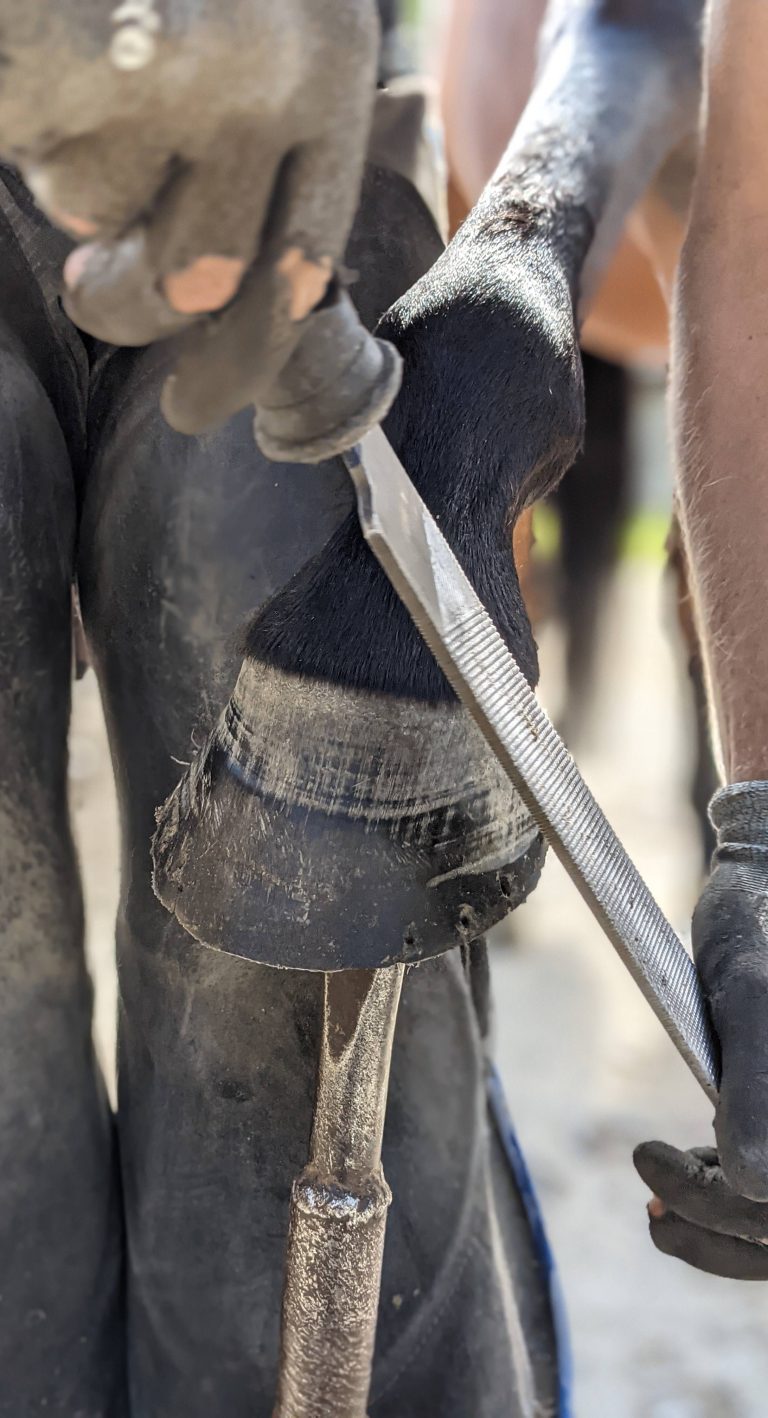
The farrier, concerned by the obligation of result?
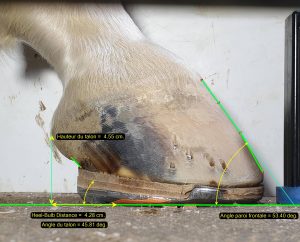
If it is recognized by the judges, in the case of litigation, that the professionals of the farrier have an obligation of means as regards the care brought to the foot, certain exceptions are nevertheless noted.
As, for example, in cases of conflicts around the custody of the animal (and no longer on the shoeing / trimming operation itself).
An alternative to the obligation of result can also be invoked by judges: the reinforced obligation of means.
Simple obligation of means vs reinforced obligation of means
The difference between these two concepts lies in the burden of proof.
As part of the obligation of simple means, it is up to the owner to provide proof of a fault committed by the professional.
Within the framework of the reinforced obligation of means, the presumption of fault weighs on the farrier, he must in this case prove his absence of fault to release his responsibility.
Protections available to farriers
“It is clear that the more the farriers can provide evidence to support their case in the event of a problem, the more it works in their favor in these situations”, recalls a professional civil liability advisor from Generali insurance.
One of the difficulties in the event of a conflict is to be able to decide between the professional’s word and that of his client. Evidence is often lacking, resulting in a conflictual situation between the stakeholders, difficult to disentangle for the judges in charge of these cases.
However, resources are available to professionals for better protection!
Conservatory measures in farriery
The protective measures are the elements which allow to preserve the proof of the aspect of the feet before and after the intervention of the farrier.
Standardized photos, foot documentation, quantified measurements… all the elements involved in foot monitoring are protective measures, as are the declarations of the owner (emails, etc.), of the attending veterinarian, testimonials, etc.
They make it possible to testify to the acts carried out by the farriers concerning the hoof capsule and the limb conformation.
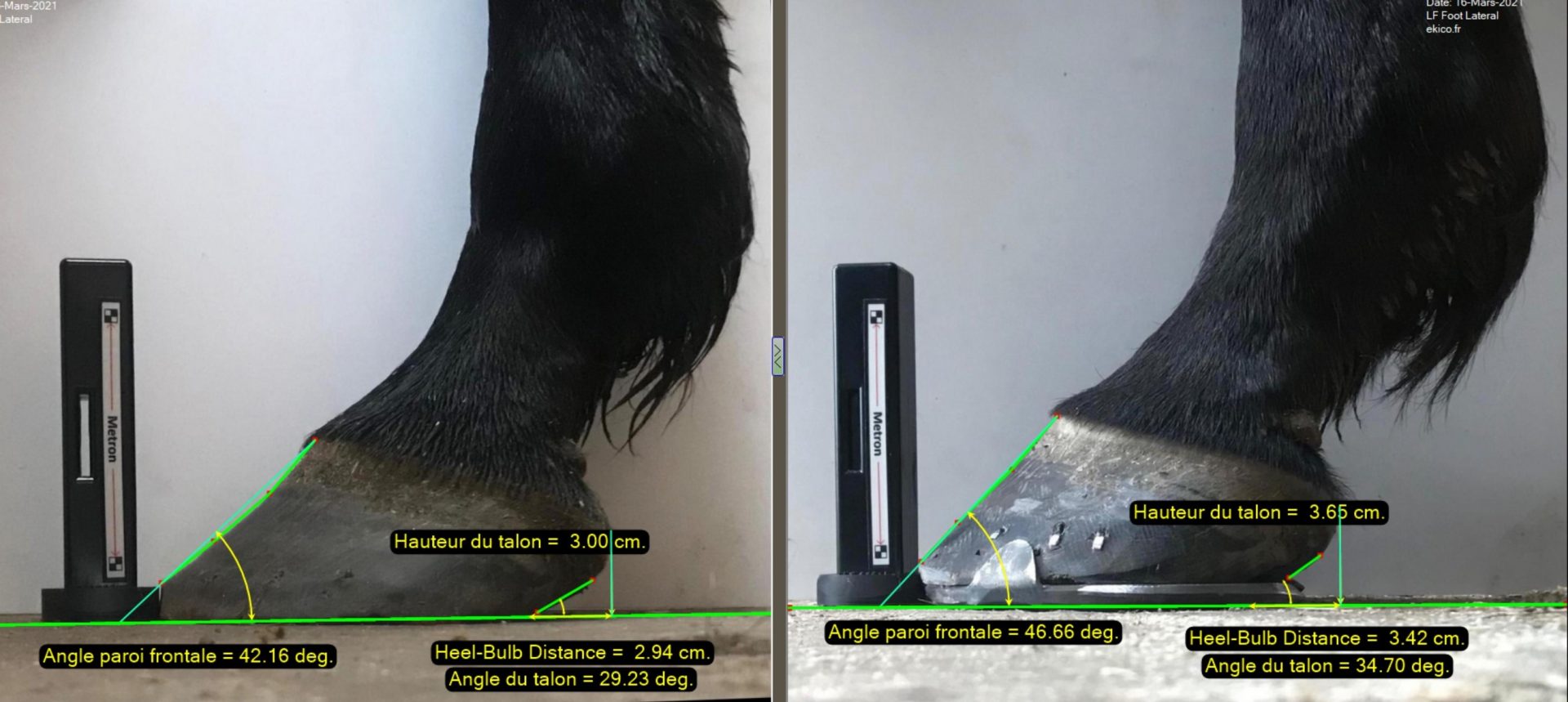
Informed consent from clients
An almost systematic reflex for veterinarians but very rare in farriers.
The care sheet ensuring that the client is informed of the risks incurred when handling his horse also has legal value.
This document serves as proof of the information known to the Marshal before intervening, as proof of the actions taken by the farrier and as proof of the recommendations given. In litigation, it is often the word of one against the word of the other and professionals must provide proof of the information they have provided to their client.
Ekico supports professionals in their expertise in the digital age. For all information on the documentation tools for the feet participating in your protection, visit our online site: Measurement kits
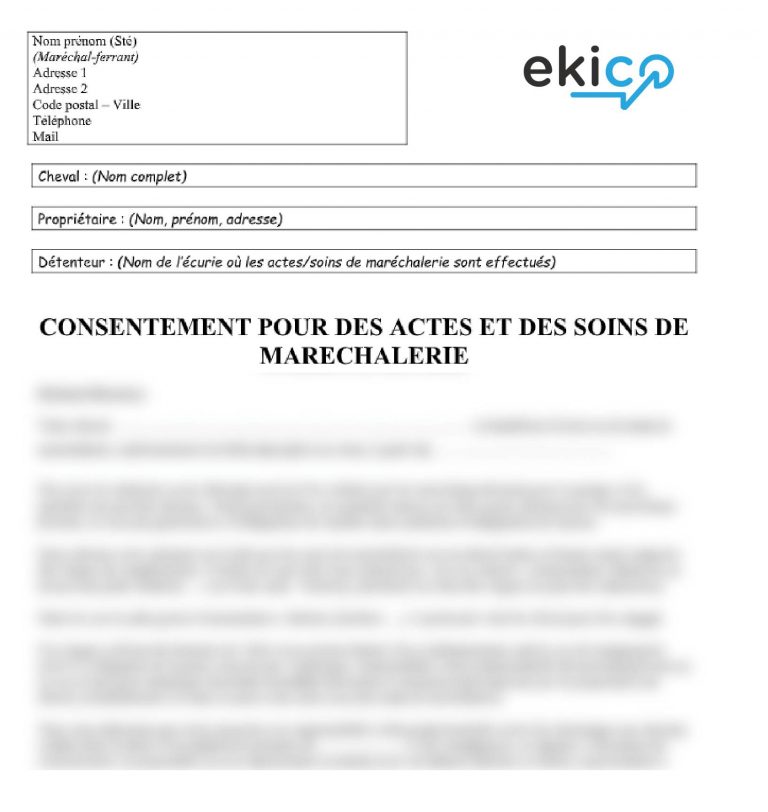





One Comment
William Sturt
Hi I am a New Zealand qualified bare foot trimmer with 15 years experience. I have been told it is illegal for me to practice in france. I have tried to find the relevant information/regulations. Can you give me a suggested place where i can better inform myself
Regards
William